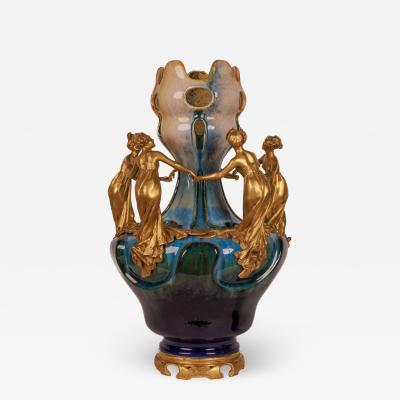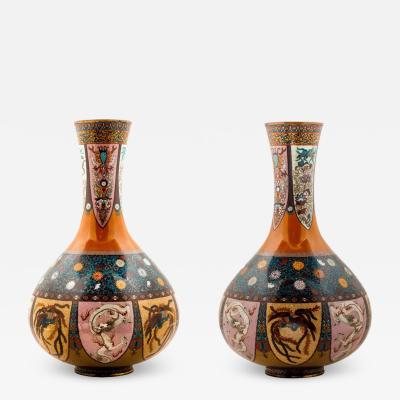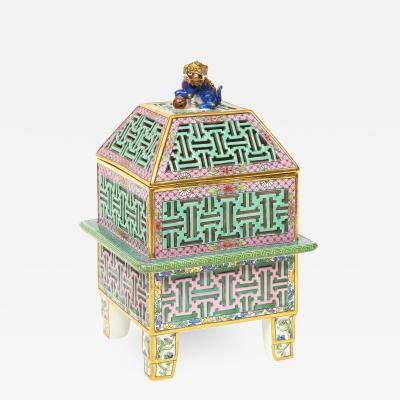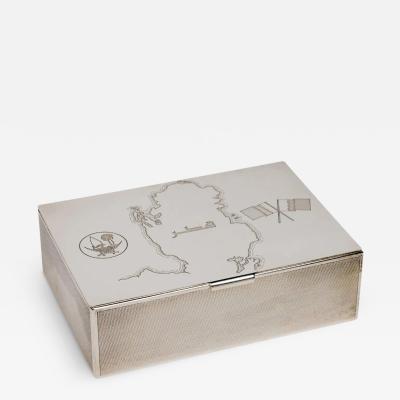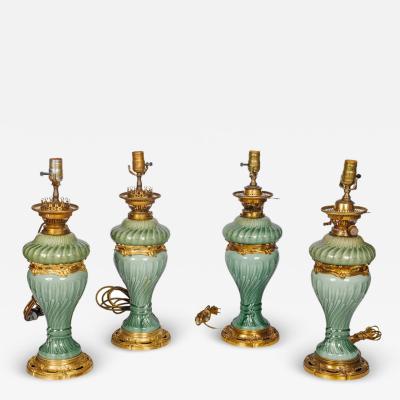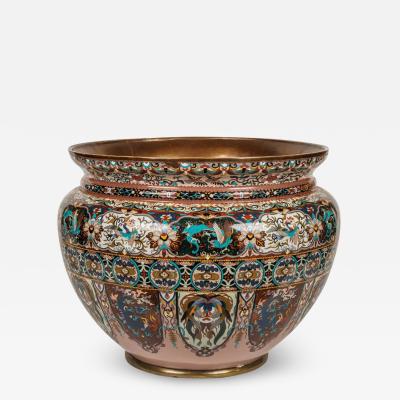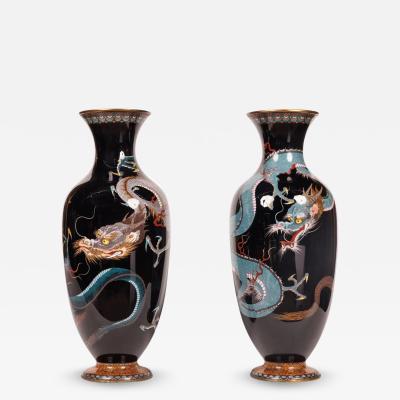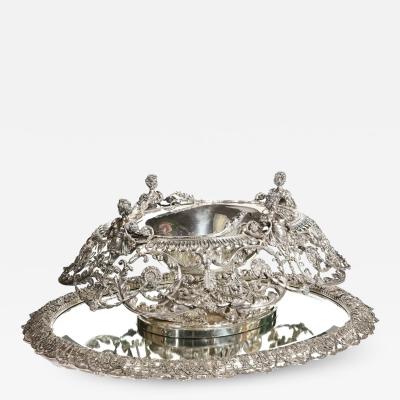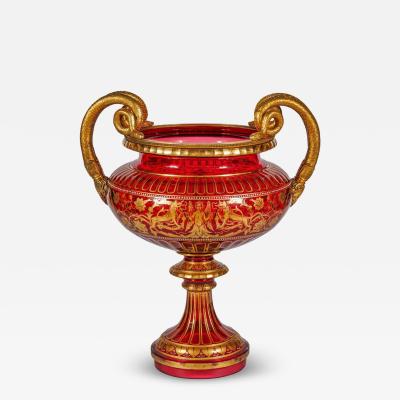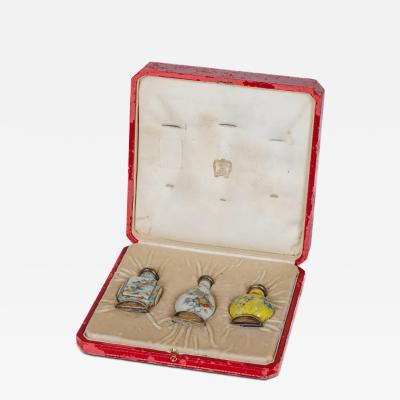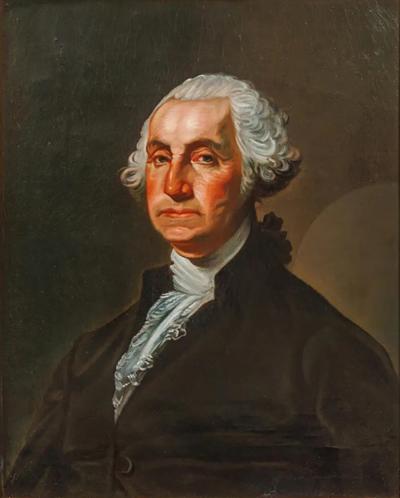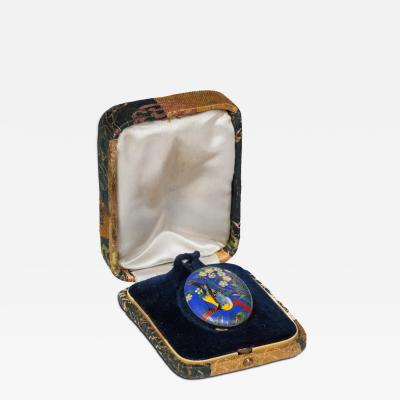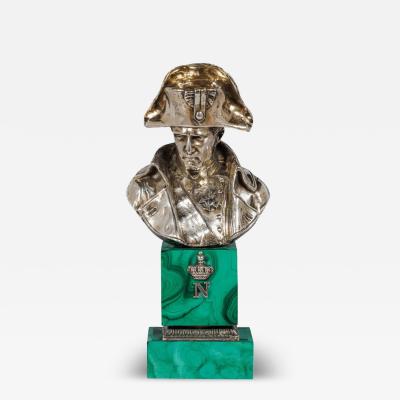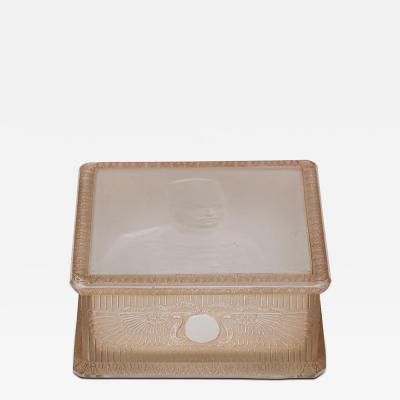Theodore Gericault, A Rare and Important Study Drawing "Equestrian Horse Head"
-
Description
Jean-Louis André Théodore Géricault (French, 1791-1824), A Rare and Important Study Drawing "Equestrian Horse Head", circa 1812-1814
Graphite and ink on paper.
Drawing size: 7" high x 8.5" wide
Frame size: 10" high x 12" wide
Signed lower right and initialed upper right. Rippling, light bends, upper right corner off.
Listed in catalog: Annales du musée et de l'école moderne des beaux-arts - Charles Paul Landon - 1812 - Salon (Exhibition : Paris, France), Portrait équestre de M D GÉRICAULT Pl 13 20. 13.
Géricault’s deep love for all things equine led to the depiction of horses becoming a powerful and recurring theme throughout his career, perhaps most iconically through his 1812 and 1814 Salon entries: The Charging Chasseur and The Wounded Cuirassier, as well as his highly ambitious, but unrealised project for The Race of the Barberi Horses. Whilst his formative years in France under the tutelage of Carle Vernet, who was himself an artist renowned for his equestrian portrayals, were undoubtedly an influence on the young artist, it was Géricault’s time in England, a country with its own rich history of equestrian painting, that shed a new and most welcome light on this ever evolving subject matter.
Another sketch of "Charging Chasseur" is in the J. Paul Getty Museum along with a Sketchbook by Gericualt.
After Géricault's early death at the age of thirty-two in 1824, the contents of his studio, including thirty-three sketchbooks, were sold at auction. Most of these sketchbooks were later taken apart, and their individual pages have scattered among various private and public collections. Only six remain intact today. The Getty Museum's sketchbook is nearly complete, with a few detached single sheets showing that a few pages were cut or torn out at some point.
The Charging Chasseur, or An Officer of the Imperial Horse Guards Charging is an oil painting on canvas of about 1812 by the French painter Théodore Géricault, portraying a mounted Napoleonic cavalry officer who is ready to attack.
The painting was Géricault's first exhibited work and it is an example of Géricault's attempt to condense both movement and structure in its art. It represents French romanticism and has a motif similar to Jacques-Louis David's Napoleon Crossing the Alps, but non-classical characteristics of the picture include its dramatic diagonal arrangement and vigorous paint handling.
In The Charging Chasseur, the horse appears to be rearing away from an unseen attacker. The turning figure on a rearing horse is derived from the large early Rubens Saint George (Museo del Prado, 1605–07), though there the view is from the side.
Géricault would continue to move away from classicism, as exemplified in his later masterpiece The Raft of the Medusa (1818–19). - More Information
-
Dimensions
W. 12 in; H. 10 in; D. 6 in; W. 30.48 cm; H. 25.4 cm; D. 15.24 cm;
Message from Seller:
For four generations, Solomon Treasure has built a distinguished reputation for offering rare and important 18th-19th century antiques and fine art, serving museums, collectors, and designers worldwide. Located in the heart of Manhattan, we specialize in exceptional pieces ranging from Napoleon Neoclassical to Art Deco and Middle Eastern Islamic treasures. Contact: Mory Talasazan, Director | mory@solomontreasureny.com | 917.686.9732 |






















